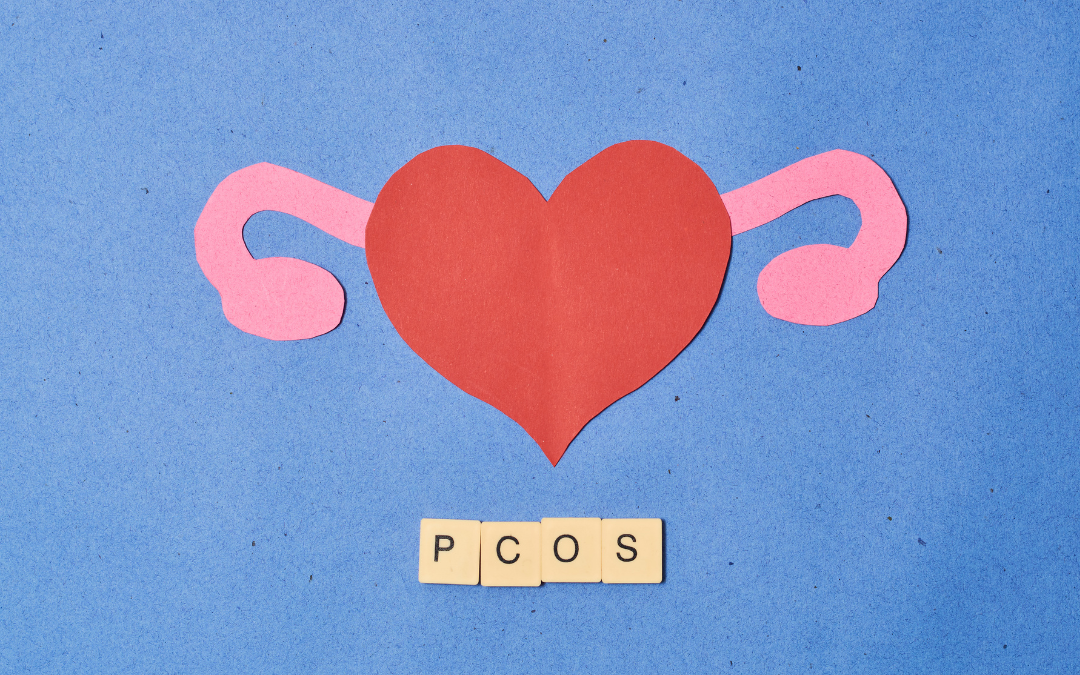One of the top questions I get as a women’s health coach is about the lower belly pooch.
Women want to know how they can get rid of it, they want to know what it is, and it’s the most complained about area on the body for the women I work with.
Though the lower belly pooch can be frustrating, it’s also natural. You may never be able to fully eliminate your lower belly, but when you know more about why you have a pooch down there, you can start reducing the appearance of the lower belly.
There are 4 reason you have a lower belly pooch
You have organs in your lower abdomen and a layer of fat.
Yep, you have organs that are in there. Your digestive system is in there and your reproductive system – specifically your uterus.
Men only have their digestive system, which is why they don’t see the “pooch” like women do. Women have a whole other system that’s being supported in that area.
Plus, women gather more fat in their abdomens than men to protect their vital organs (your uterus is a vital organ!), especially in the lower section.
Your stress levels.
Stress builds out from your belly button. When you are more stressed, you will have more abdominal fat. Abdominal fat is very difficult to lose.
Remember, stress is not always “bad” stress either. Things like digesting your food or getting a tough workout are also stressors on your body. But too much stress can increase your risk of lower abdominal weight gain.
The phase of your cycle.
Where you are in your cycle matters.
In your follicular phase, your uterus is the size of an unripe pear. It’s smaller.
But as your uterine lining grows in your luteal phase, so does your uterus. In your later luteal phase, your uterus size has increased to the size of a peach
As you get close to your period start, you may also be holding water weight, feeling more bloated, and be tough on yourself for your body image.
Another layer of your uterus size is if you’ve been pregnant in the past. Though your uterus will shrink back down, for some women it will never fully get back to their pre-pregnancy uterus size, leading to a larger lower belly pooch.
Your posture.
Do you remember the days when we would walk with our butts out or our chests out? That’s called a pelvic tilt.
When you have a pelvic tilt, you’re pressing your uterus and organs forward, making it look like you have a larger lower belly.
But when you keep a neutral spine, especially in the lower back, your lower abdomen will look smaller (though will likely still be there).
Focus on having a neutral spine instead of tilting your pelvis or hips back to create a bigger booty.
So what can you do about the lower belly pooch that’s making you so self conscious?
Though I want to reiterate that having a lower abdomen is totally okay and normal for women, I know a lot of women are looking to reduce their lower belly pooch, even just a little.
If this is you, here are a few things to focus on:
Stress management
I know, I know. Stress management is a tough one. You are going to experience stress throughout the day naturally. But it’s the chronic stress that leads to midsection weight gain. The chronic stress is the stress that’s not dealt with, that builds up over time and eventually burns you out.
The best way to deal with this is through boundaries (saying no!) and daily practices (like grounding and breathing) that feel supportive to you.
Gut health
If you are not having a daily bowel movement and feeling like it’s to completion, there’s likely a lot of waste sitting in your lower abdomen causing a larger lower belly look.
Having frequent bowel movements is the key here.
Make sure you are getting at least 25g of fiber per day, hydrating, moving, and eating enough protein to help keep you regular.
Low intensity workouts
Though your stress levels should bounce back after a high intensity workout if your cortisol levels are managed and not in the chronic stress danger zone, if you’re wanting to decrease the appearance of your lower abdomen, focusing on low intensity workouts is key.
Think of your zone 2 workouts. Keeping your heart rate lower to support your body and cortisol.
Lifting weight, walking, and yoga or Pilates are all great ways to keep in lower intensity zones. Also, standing and getting your steps throughout the day is important (in general, but definitely with your lower abdomen).
Though it’s normal for women to have a lower belly pooch, due to anatomy and protective tissues, it can still be frustrating and embarrassing.
If you struggle with your lower belly pooch, which of these do you need to put a little extra focus towards?
If you’re looking to dive deeper into your hormonal symptoms, take the Hormone Symptom Analyzer or schedule a free Hormone Analysis Call!





